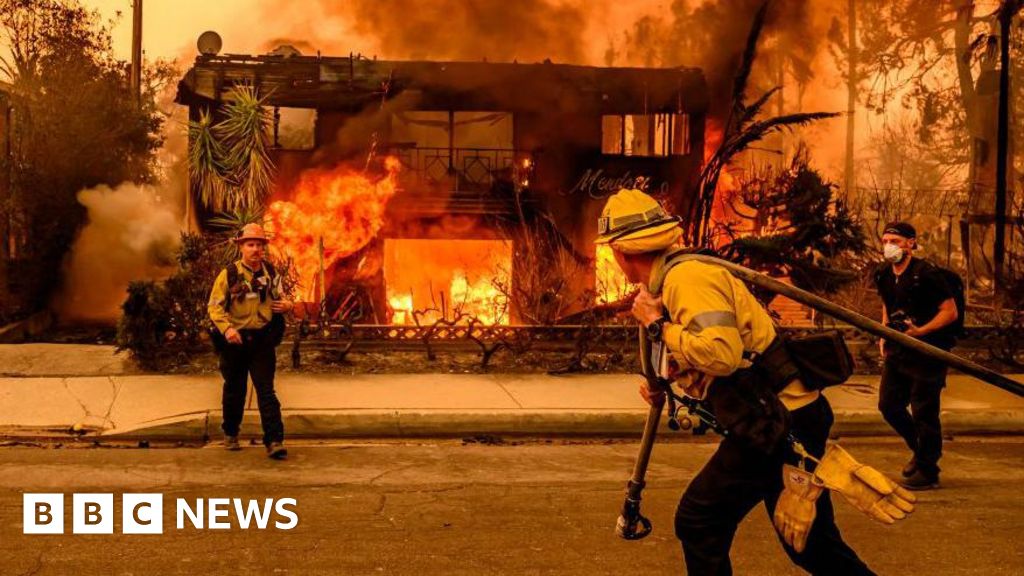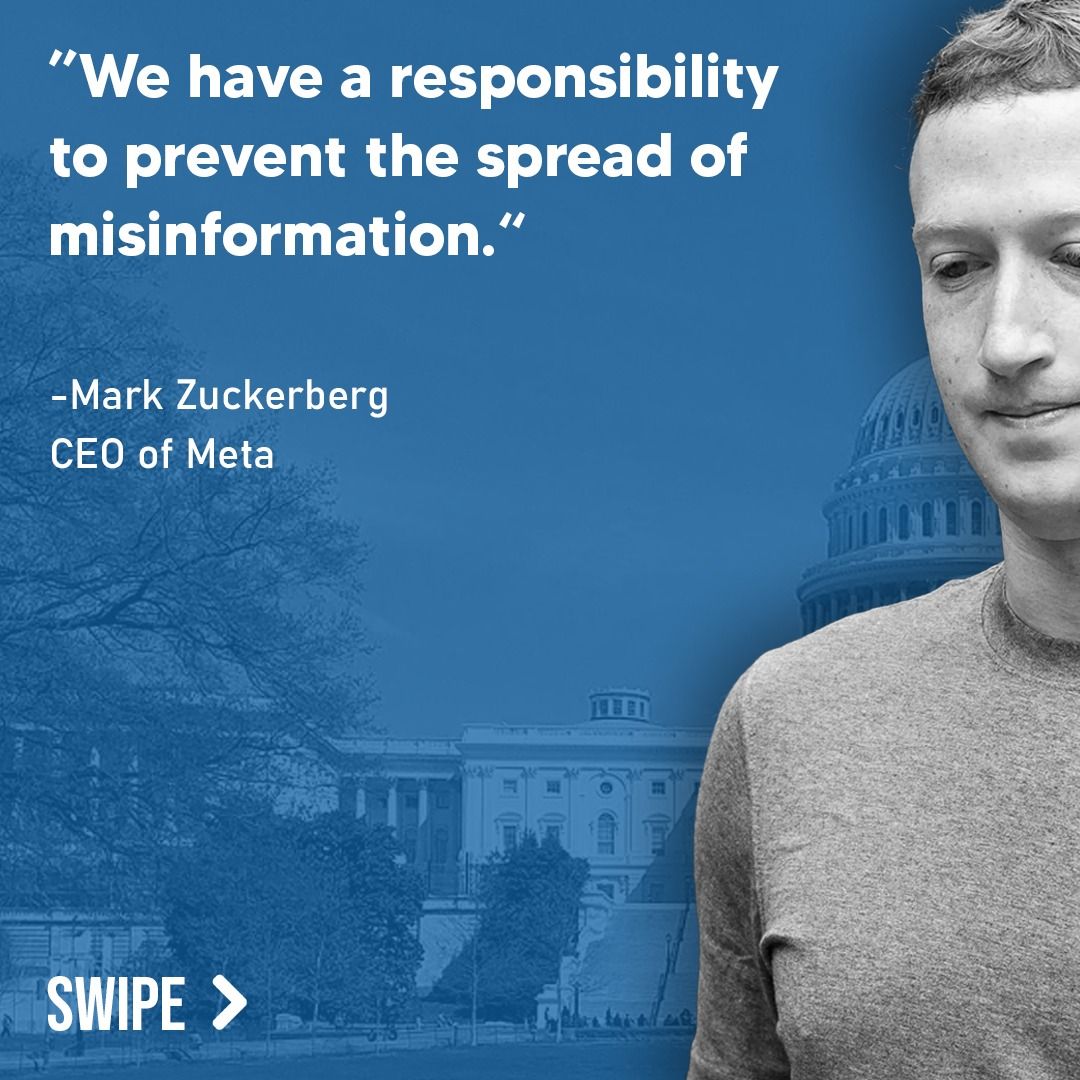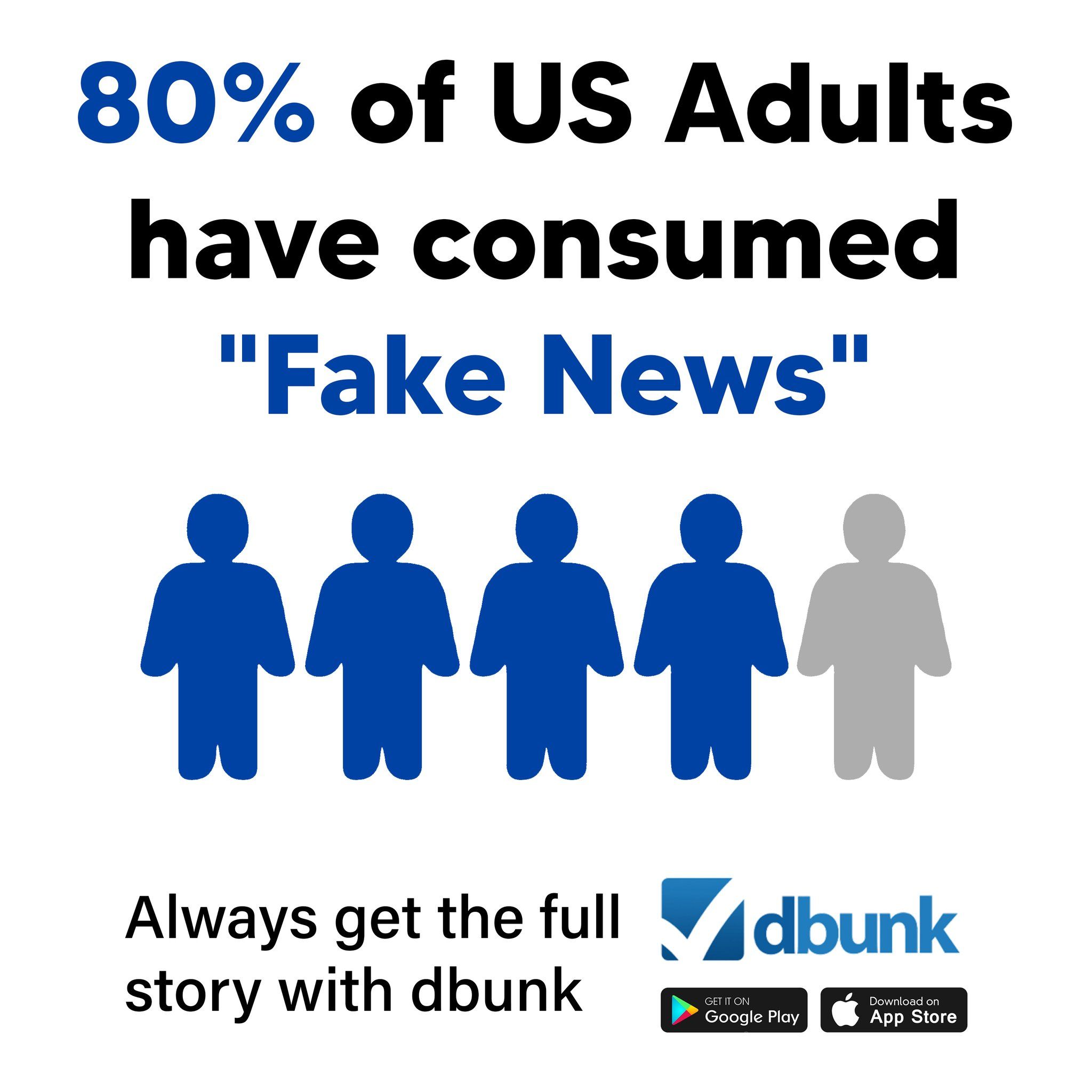
Fact Check Analysis: Did Climate Change Drive the LA Fires?
Thanks to one of our diligent subscribers who submitted this article for review, we’re diving into the sweeping claim that climate change was a major cause of the devastating LA fires. You too can submit news articles for fact-checking through our service for free. With the DBUNK App launching soon, let’s clear the smoke around this hot topic!
The Claim
The article titled “LA fires made worse by climate change, say scientists”, authored by Matt McGrath and published on January 28, 2025, asserts that climate change was a central factor in worsening the Los Angeles wildfires. The piece references research from the World Weather Attribution (WWA) team, stating climate change amplified fire-prone conditions by around 35%, while also exploring links to Santa Ana winds, drought, and increasing fire seasons.
Analyzing the Context
The first step in DBUNK’s process is to separate facts from opinions and evaluate supporting evidence.
What Holds Up?
It is accurate that the World Weather Attribution (WWA) team conducted research to evaluate the role of climate change in exacerbating the LA fires. The study specifically used advanced climate models and statistical approaches to estimate that climate change increased the likelihood of fire-prone conditions by 35%. Dr. Friederike Otto of WWA is also correctly quoted in the article, reinforcing the validity of this specific aspect.
The explanation of how Santa Ana winds, drought, and overlapping dry conditions contribute to wildfires is broadly factual. The piece provides a clear and accurate summary of how these phenomena interact based on widely accepted scientific research.
Where the Article Falls Short
1. Oversimplification and Lack of Nuance: While the article states that “climate change increased the risk” of wildfires, it oversimplifies by failing to address the multifactorial nature of wildfire causation robustly. For instance, the role of human ignitions (e.g., power lines, campfires, arson) and urban sprawl into wildfire-prone areas are significant, well-documented contributors that received little to no mention. These factors are critical to fully understanding the wildfire crisis.
2. Statistics Without Context: The claim that fire-prone conditions are now 35% more likely sounds alarming, but without context, it’s hard for readers to gauge the significance. Does this mean such weather patterns were already rare, and 35% represents a minor increase? Or is this a drastic shift? The article does not give the numbers necessary for readers to assess this for themselves.

3. Ambiguities in Statistical Uncertainty: Although the study authors themselves noted that there was “statistical uncertainty” regarding the link between rising temperatures and a longer fire season or decreased rainfall, the article didn’t make this disclaimer sufficiently clear. Phrases like “the models did not show a significant connection” are buried in the article, potentially leaving readers with the impression that a definitive link exists when this is not the case.
4. Implicit Bias: While the article restricts itself to scientific commentary, it subtly emphasizes climate change as the primary driver of the fires, steering attention away from non-climatic factors such as forestry management, fire suppression practices, and regional urban planning. This leans towards a narrative that focuses primarily on climate impact, potentially solidifying preconceptions without adequate exploration of competing factors or solutions.
What Readers Want to Know
One question lingering among readers is crucial: How much of the LA fire crisis is truly driven by climate change versus natural weather patterns? This is a fair and nuanced question. According to the WWA study, climate change has increased the probability of conditions conducive to wildfires, but it’s not the sole factor. Santa Ana winds, which are a natural, recurring phenomenon, and human activity—both intentional and accidental—are significant influencers that predate climate change. To say wildfires are entirely a result of climate change would be inaccurate, though climate change does act as a risk multiplier.
Here’s the takeaway: Fire-prone conditions tied to climate are indeed more likely now than in a pre-industrial climate, but other natural and human-influenced factors remain critical components of the equation.

Final Verdict
The article on LA wildfires makes valid points and adheres to scientific sources, but it presents the data with omissions and implicit biases that could mislead readers. Climate change is indeed a contributing factor, but the piece underrepresents the additional human, meteorological, and environmental contributors that must all be considered. Readers deserve more context and transparency about uncertainty in the findings and the broader picture of wildfire causation.
For anyone navigating the murky waters of news and misinformation, our upcoming DBUNK App will be your ideal companion. Join the conversation and counter fake news today.

For additional details, you can reference the original article here: BBC News – LA fires made worse by climate change.

